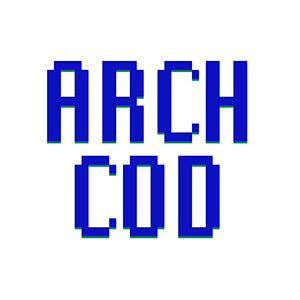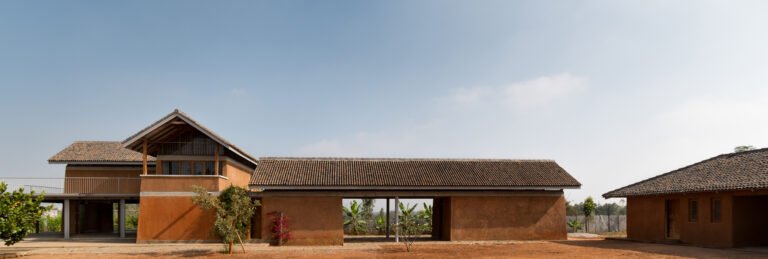Saint-Louis kindergarten / Janez Nguyen Architects + Linia A&U
Saint-Louis kindergarten / Janez Nguyen Architects + Linia A&U


Text description provided by the architects. The kindergarten takes place in Saint Louis’s hospital in the 10th district of Paris. Located in a heritage area, the project is established on a 350m2 plot, next to an existing kindergarten for hospital staff with a garden that will be shared between the two structures and will host 48 cribs. As the city of Paris requested the building to be dismountable, the architects have opted for dry construction methods and prefabricated wooden structures and dismountable assemblies, allowing a possible deconstruction and future reuse of the building on another site.
The proposed plot for the project delimited by a curved road and an existing garden defines the shape of the building.


Different faces characterize the building: The first face of the building, connected to public space, is covered with pre-weathered zinc cladding for better integration in the Parisian environment. This cladding plays the role of a protective envelope. It brings a contemporary note with a perforated pattern that takes inspiration from the windows of the Saint-Louis chapel next to the plot. The double-height windows with wooden frames reinterpret the front building’s windows and help to minimize the scale of the building, thanks to the mesh pattern.



The second face is hidden from outside view and opens toward a protected garden of an existing kindergarten. Its treatment contrasts with the rest of the building: more transparent and permeable, creating a direct relationship with the shared garden, it brings the light go through the children’s spaces. The glazed façade reveals also the timber structures of the building (glulam posts and beams) and frame modules. The setback on the first floor creates an outdoor terrace partially covered.



The 3rd face is the green roof of the building that recreates the garden present in the hospital before the project. It contributes to water retention and preserves biodiversity, offering a space accessible to birds and insects.

The project’s spatial organization revolves around a central indoor street straight in the axis of the main access connecting the two floors, each one hosting a daycare unit. This wide circulation allows punctual activities when extra space is needed. It serves, on the west side in connection with the zinc façade, offices, staff spaces as well as the technical parts. On the other side, it gives access to the spaces dedicated to children opening onto the garden. Upstairs it also gives access to the terrace.

The specific challenges of carrying out the project in such a context were multiple: integration into a regulated historical environment, maintenance of hospital activities during the construction, and a very limited worksite footprint.








